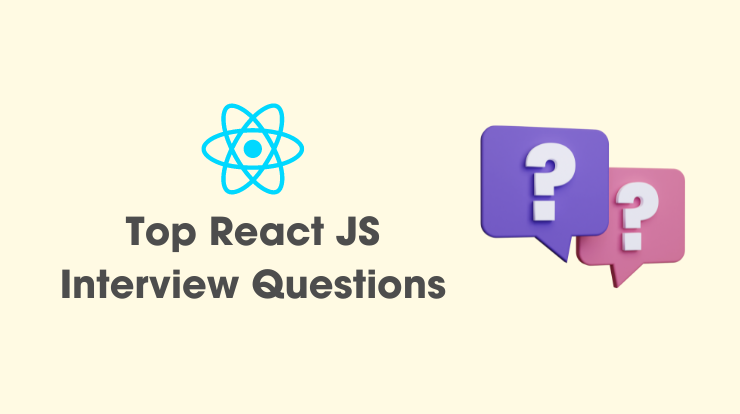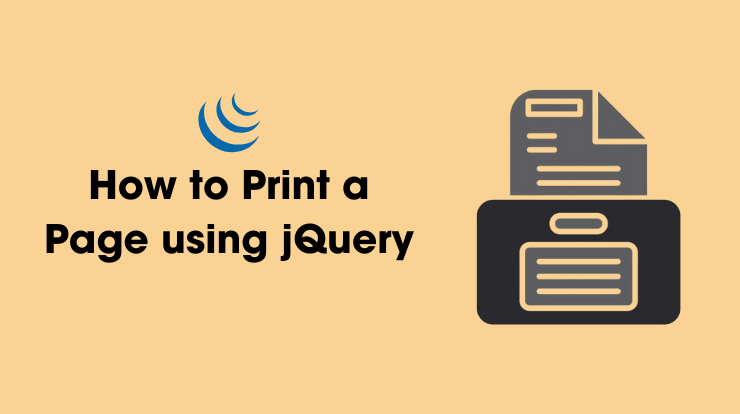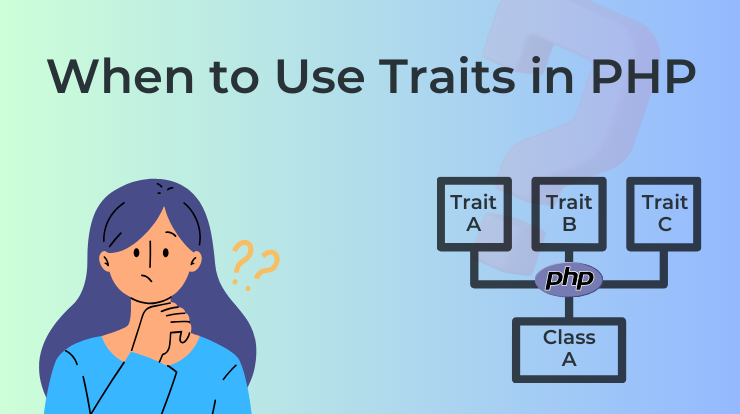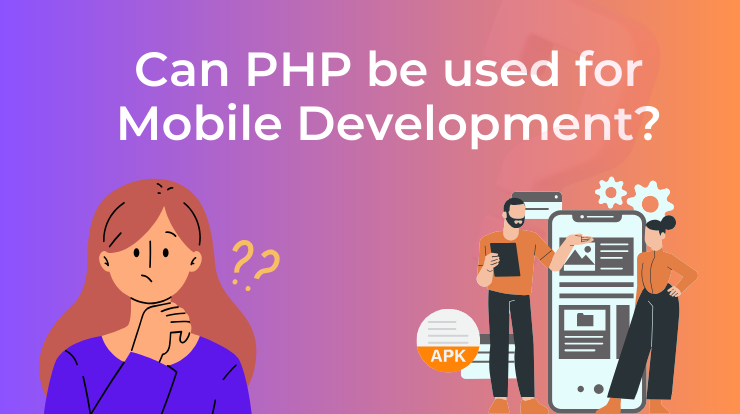In the world of web design, achieving perfect alignment and centering of elements is a fundamental skill. Whether you’re an experienced developer or a beginner in the realm of CSS, understanding various techniques to center a div can significantly enhance your design capabilities.
In this trick, we’ll explore 5 effective ways to effortlessly center a div using CSS, from the classic margin trick to the modern Flexbox and Grid layouts.
Let’s see one by one an example to center the div in the webpage using CSS.
1. Using margin: auto
One of the simplest and most widely used methods to center a div horizontally is by employing the magic of CSS margins.
By setting both the left and right margins to “auto“, you allow the browser to automatically calculate equal margins, effectively centering the element within its container.
.centered {
margin: auto;
}In this example, any element with the class “centered” will be horizontally centered within its container.
2. Using the Power of Flexbox
Flexbox revolutionized CSS layout, providing a flexible way to handle alignment and distribution of space within a container.
By setting the container’s display property to “flex” and utilizing justify-content and align-items, you can easily center elements both horizontally and vertically.
.container {
display: flex;
justify-content: center; /* Horizontal centering */
align-items: center; /* Vertical centering */
}This CSS creates a container with Flexbox properties that center its child elements both horizontally and vertically.
3. Using CSS Grid Layout
CSS Grid Layout offers a modern approach to building robust layouts. With the place-items property, you can effortlessly center elements within a grid container, providing precise control over both horizontal and vertical alignment.
.container {
display: grid;
place-items: center;
}With this CSS, any content within the container will be centered both horizontally and vertically.
4. With Absolute Positioning
Absolute positioning allows for precise control over the placement of elements within their containing block. By positioning the element absolutely and setting its top, bottom, left, and right properties to 0, along with margin: auto, you can achieve perfect centering.
.centered {
position: absolute;
top: 0;
bottom: 0;
left: 0;
right: 0;
margin: auto;
}This CSS positions the element absolutely within its container and centers it both horizontally and vertically.
5. Using Transform Property
The transform property in CSS provides a versatile way to manipulate elements. By combining absolute positioning with the transform property and translating the element by a percentage of its own dimensions, you can effortlessly center it within its container.
.centered {
position: absolute;
top: 50%;
left: 50%;
transform: translate(-50%, -50%);
}Using this CSS code, the element is positioned at 50% from the top and left of its container,. Then translated back by 50% of its own width and height, effectively centering it.
These methods provide versatile options for centering elements using CSS, each with its own advantages depending on the specific layout requirements. Whether you choose Flexbox, Grid, or other techniques, mastering these methods empowers you to create visually appealing and well-aligned web layouts.
More Tricks
FAQs
Utilize CSS margin: auto, Flexbox, or CSS Grid Layout to effortlessly center a div horizontally and vertically within its container.
Flexbox is commonly preferred for its simplicity and versatility, offering easy horizontal and vertical alignment of divs.
Yes, CSS absolute positioning with margin: auto or transform property can also achieve precise div centering without Flexbox or Grid.






